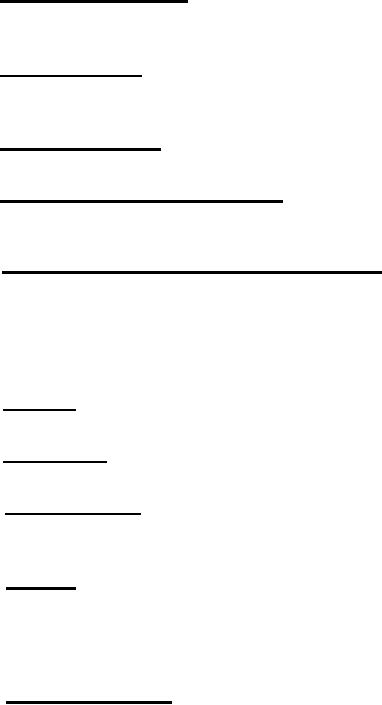 |
|||
|
|
|||
| ||||||||||
|
|  MIL-L-23822C(AS)
Materials which will support
Flammable materials.
3.3.2.3
combustion or which are capable of causing an explosion, except
for the propellant and cartridges, shall not be used.
Toxic materials. Materials, except the propellant,
3.3.2.4
which may produce harmful toxic or corrosive effects under condi-
tions encountered in the Naval Service shall not be used.
*
Dissimilar metals. The use of dissimilar metals shall
3.3.2.5
be governed by the requirements of MIL-STD-889.
Moisture, fungus and corrosion. The rocket engine
3.3.3
shall be moisture, fungus and corrosion resistant as required by
MIL-E-25366.
Protective coatings and surface treatments. The pro-
3.3.4
tective coatings and surface treatments used for the protection of the
rocket engine shall be suitable for the propellants and gases used
and for the environmental conditions to which the rocket engine will
be subjected. Materials and protective treatments used shall be
satisfactory both for corrosion and stress corrosion cracking behavior.
Marking shall conform to the requirements
Marking.
3.3.5
of MIL-STD-130.
Nameplates. Nameplates shall conform to the require-
3.3.5.1
merits of MIL-P-19834, Type I.
Serial numbers. Each rocket engine assembly shall bear
3.3.5.2
a serial number which will be assigned by the Government Inspector
upon request, or as specified in the contract or purchase order.
Threads. Unless otherwise specified, all threads shall
3.3.6
be in accordance with the National Bureau of Standards Handbook H-28.
The class and fit for threads shall be as specified on applicable
drawings, and the NOT-GO gaging practice shall be as set forth in
the aforementioned Handbook H-28 and the Supplement thereto.
Interchangeability. The following parts of the rocket
3.3.7
interchangeable as defined in MIL-STD-721:
|
|
Privacy Statement - Press Release - Copyright Information. - Contact Us |